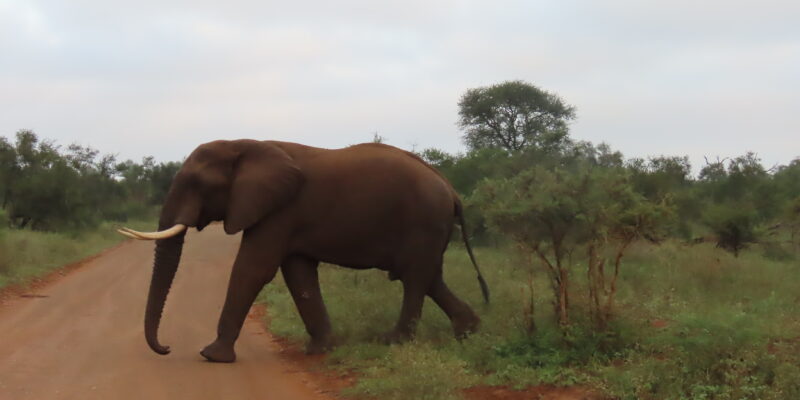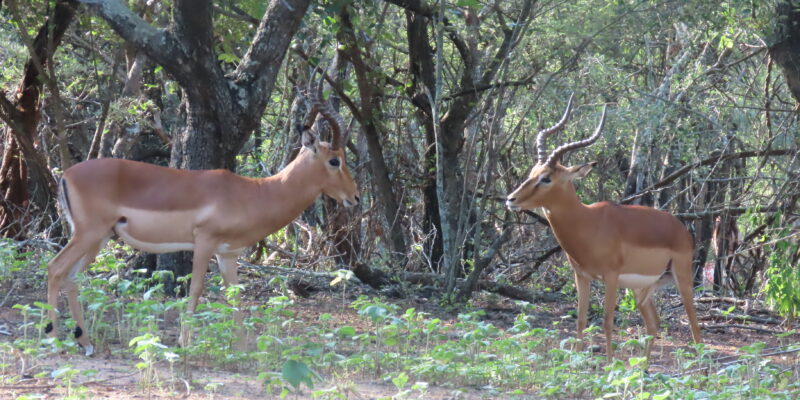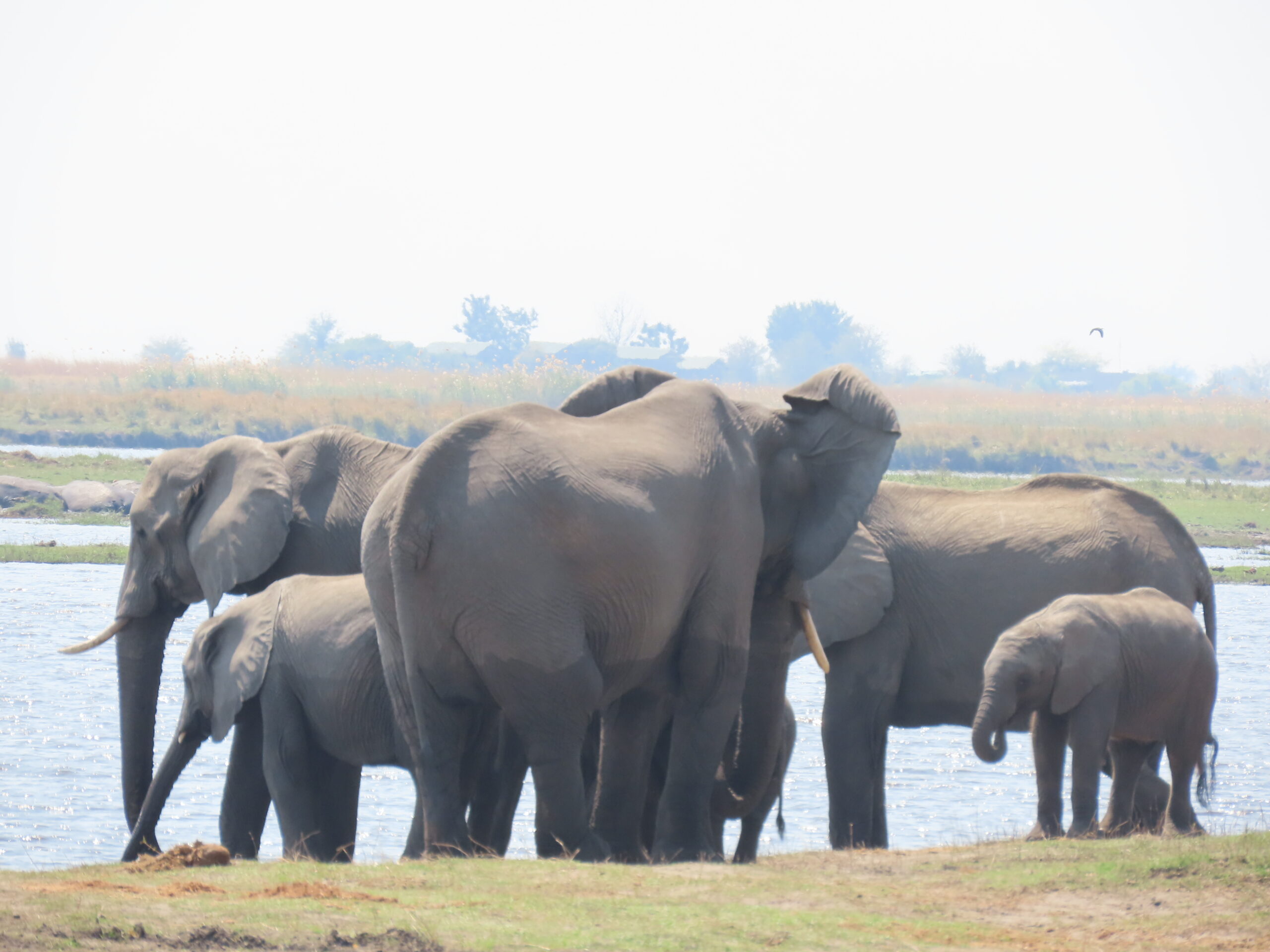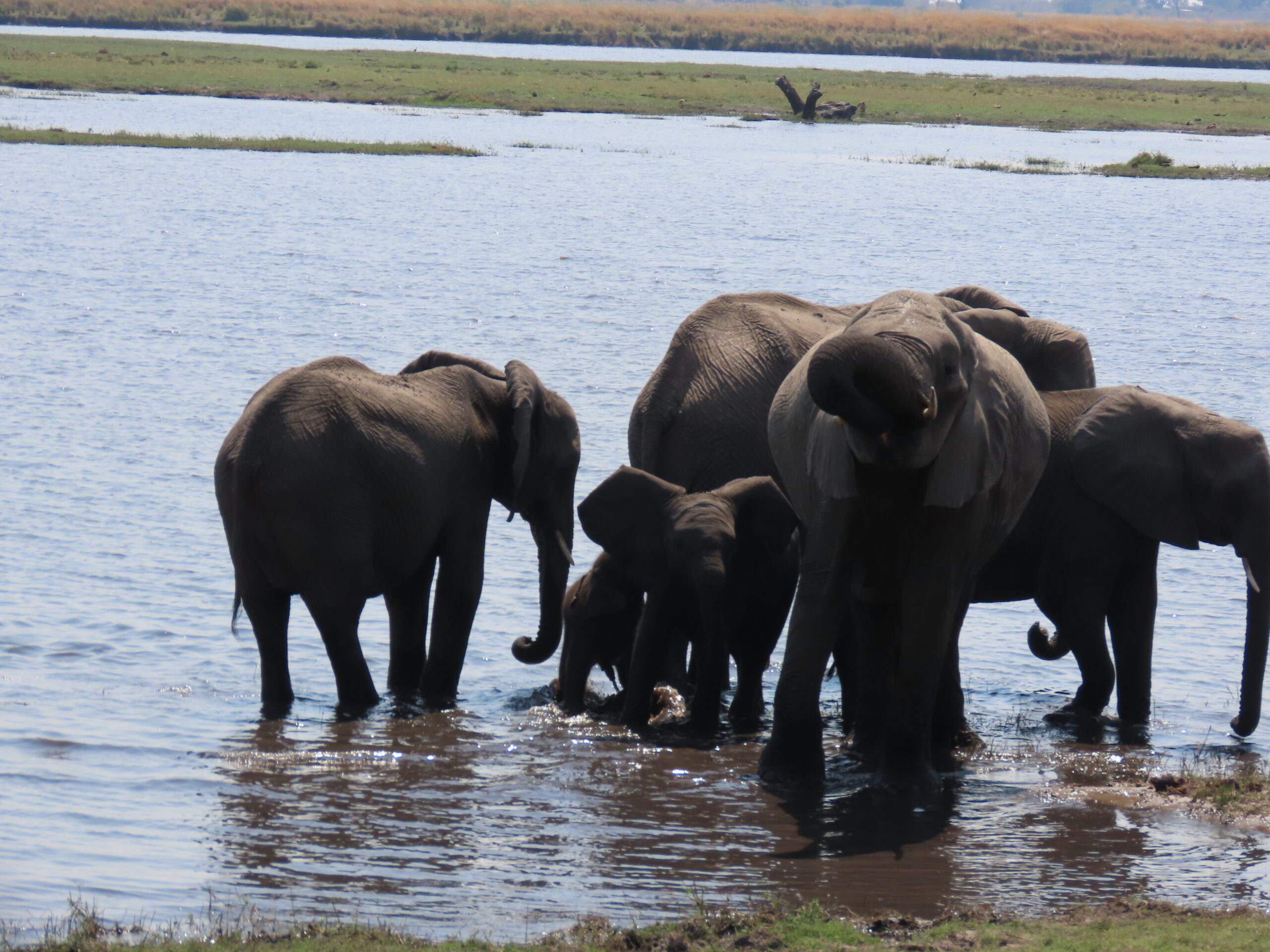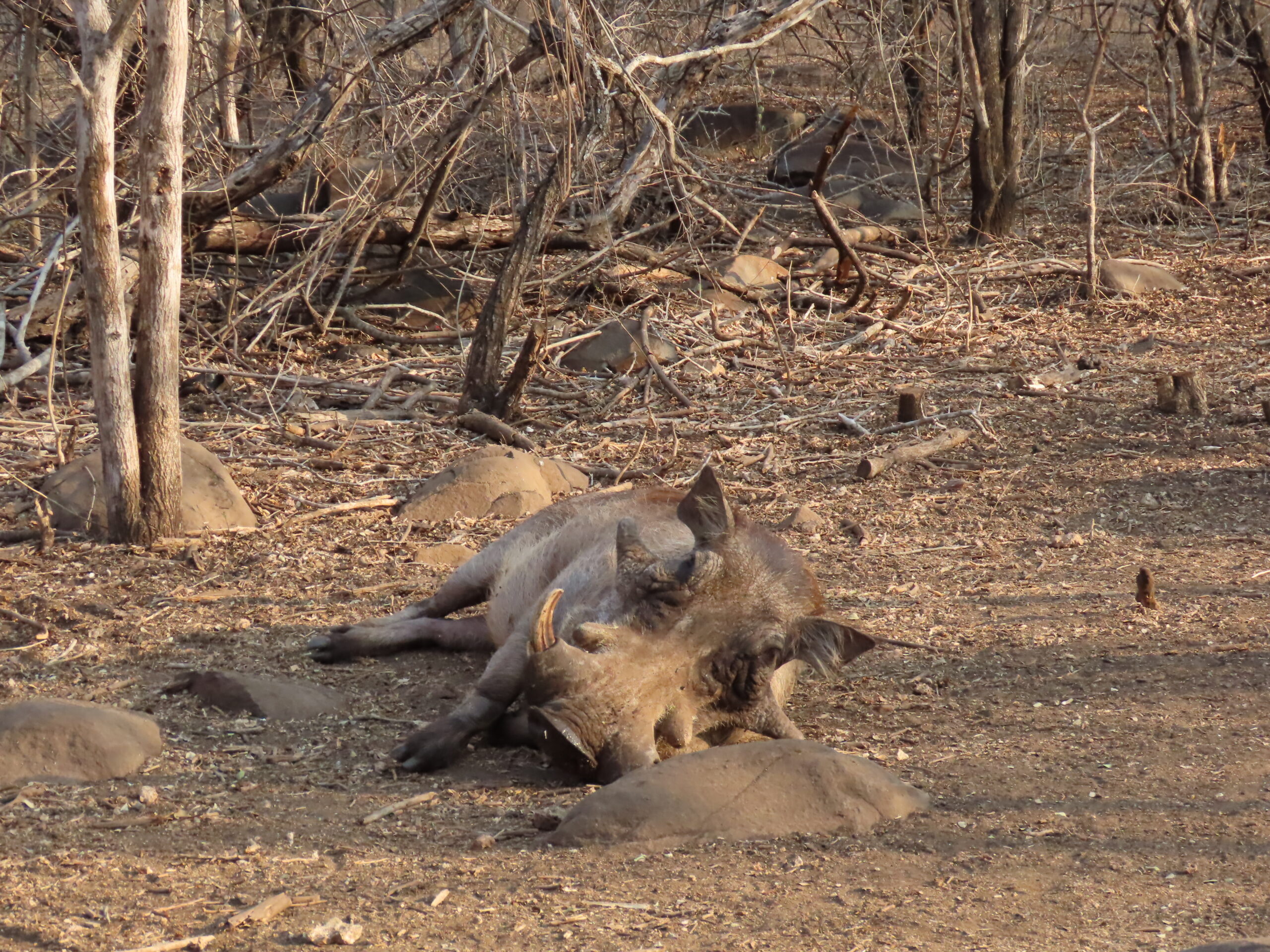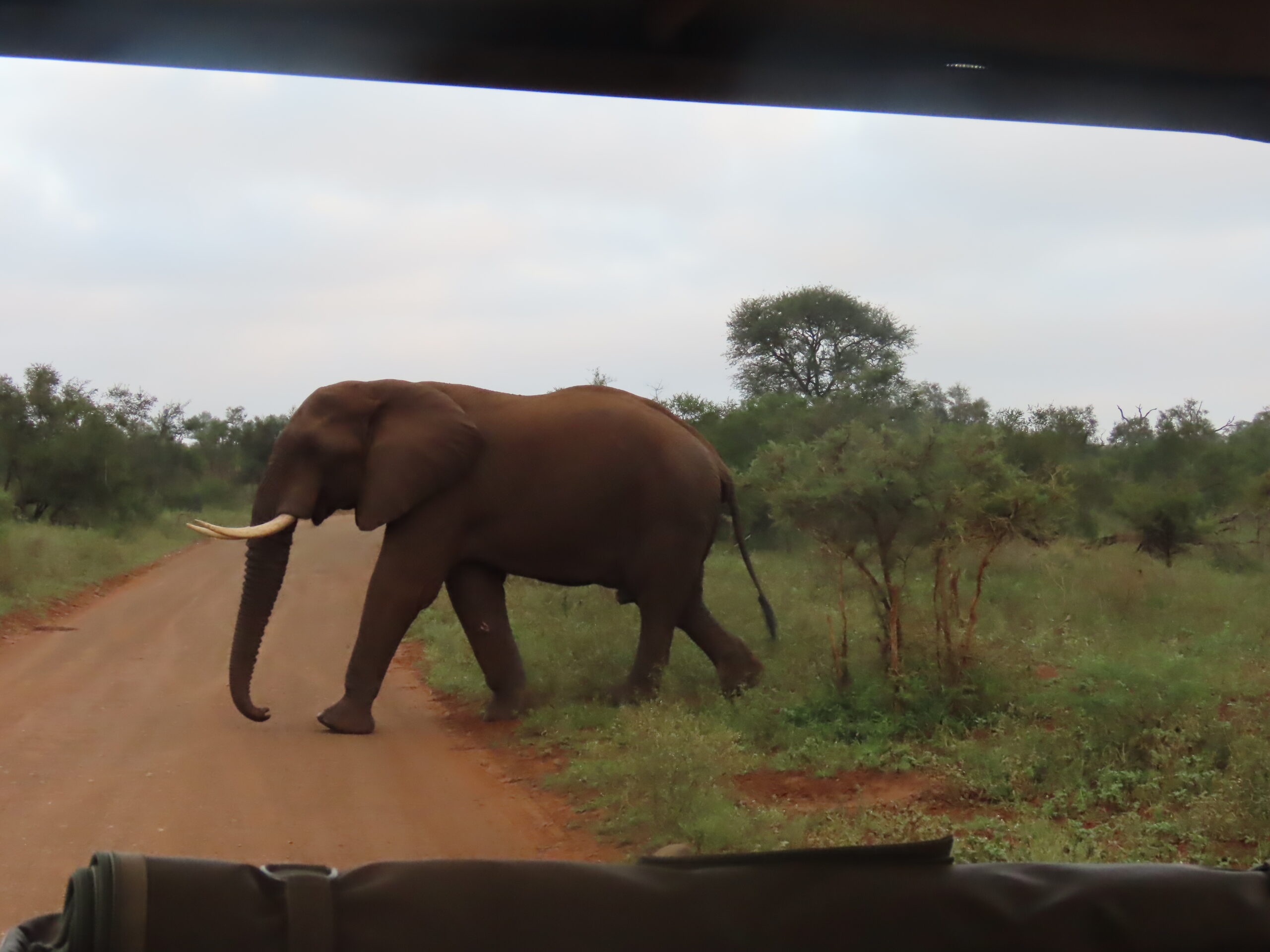
Note: Sorry about our photos not being clear. Humidity has destroyed our camera and cannot be restored. We will purchase a new camera when we return to the US in May/June.
We certainly had a great time at Quiz Night last night. The three of us went to Giraffe Pub and Grill for dinner, followed by 2½ hours of playing the trivia game. Our table of six included us and Marco, Patty Pan, and Sidney.
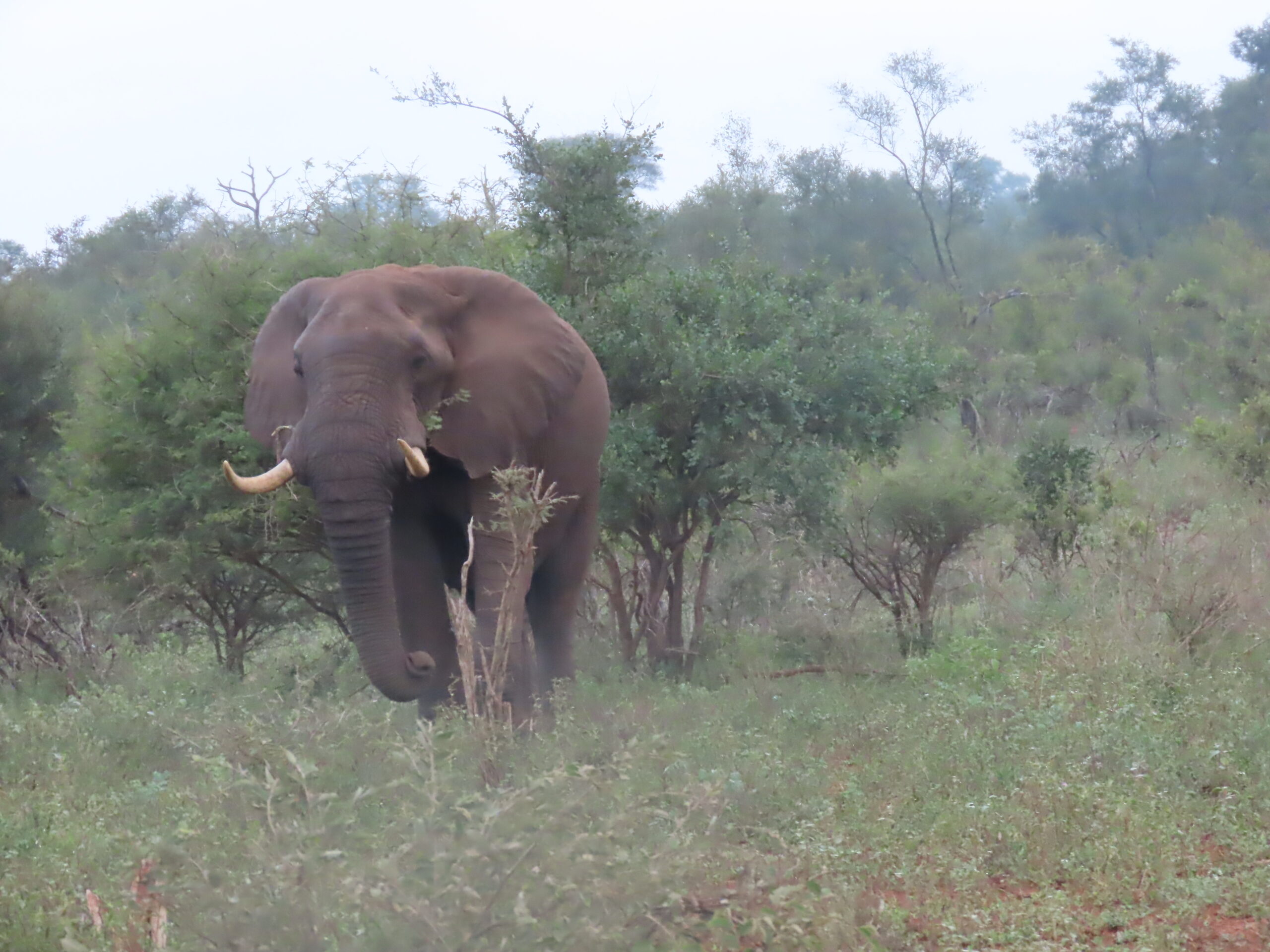
We didn’t win, but we had a fantastic time. I now see why Tom had such a good time a week ago when he went without me, and I stayed behind, slightly under the weather. When he returned, he raved about how enjoyable it was, and last night, Lisa and I could see why.

I sat next to Patty Pan, whom we’ve known since first visiting Marloth Park in 2013. We had a good time chatting and giggling during the game. She is an Honorary Ranger in Marloth Park and works hard, taking her position seriously.
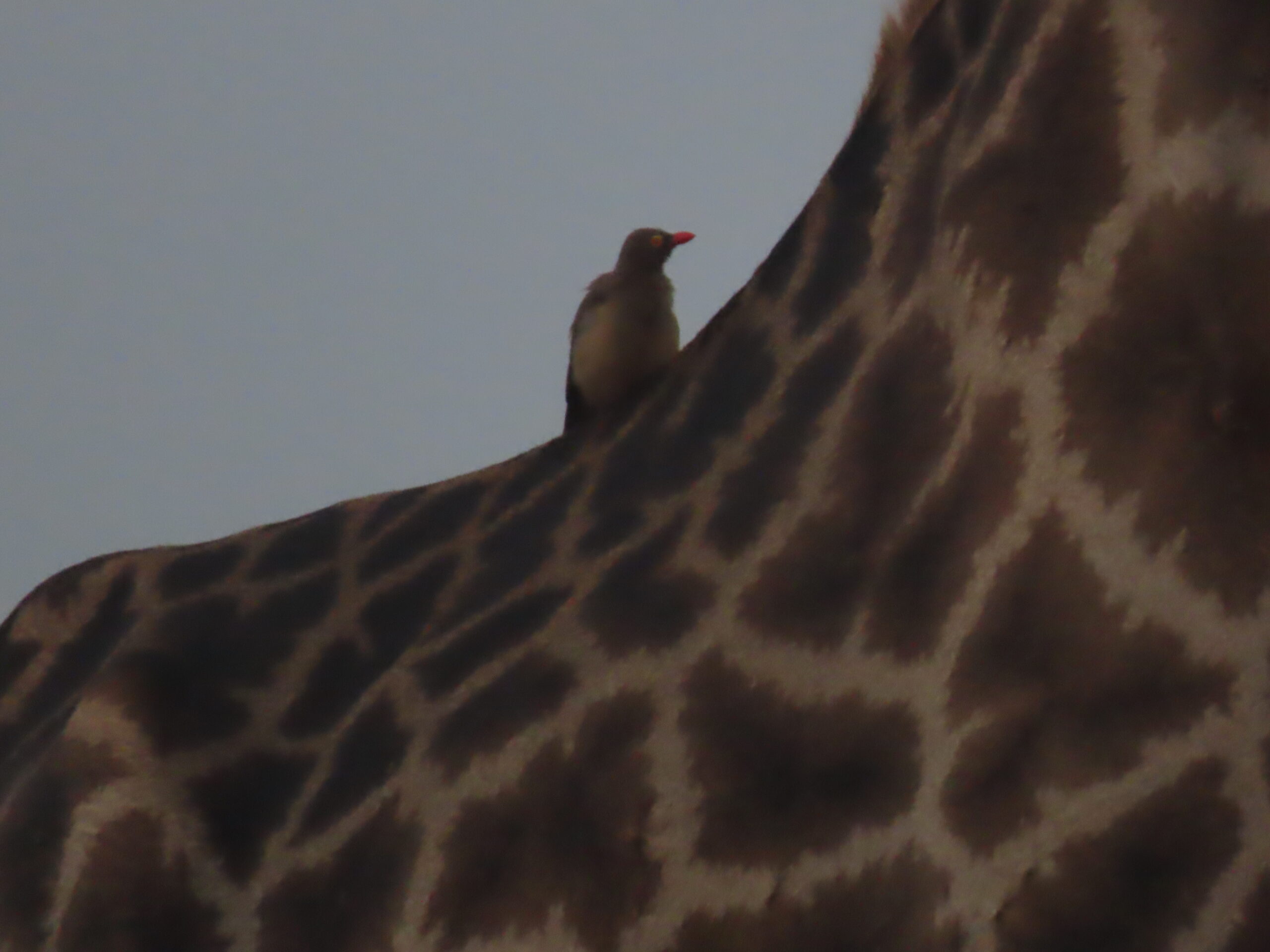
While there, we ran into a few couples we knew, and it was nice to chat with them during the breaks. After reading our posts, one of the couples came here a few years ago and eventually purchased a home, staying here most of the year. They bought a beautiful house that doubles as a lodge, enabling them to rent a portion of the house while they are away.
Today at 3:00 pm, a safari vehicle will pick us up for an evening game drive followed by a bush braai in Kruger National Park. Tom and I have done this several times and thoroughly enjoyed it each time. Searching for and hopefully finding nocturnal animals in the park is quite an adventure, and we’re excited to share it with Lisa.
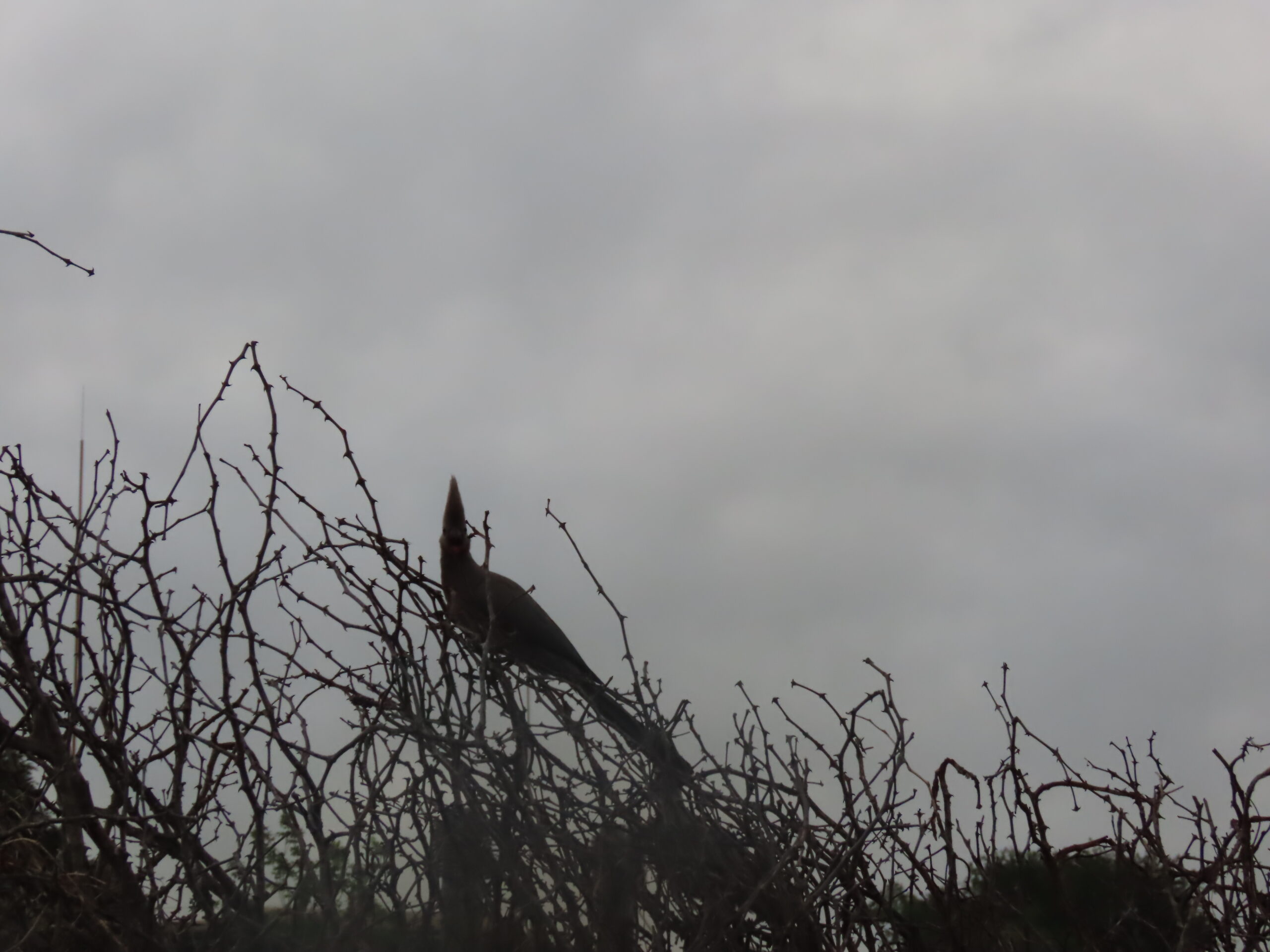
The food at the braai will offer some meat I can eat, vegetables and salad. South African dishes are often starchy with added sugars, so I will carefully choose what I will eat, ensuring I stay within the parameters of my way of eating.
In the interim, the three of us are seated at the big table on the veranda, enjoying the wildlife stopping by and an endless stream of lively conversations. It couldn’t be more enjoyable.

We’ll dine in tomorrow night, and then it’s the weekend for two more nights at Jabula. We are loving how busy we are and look forward to more activities.
Be well.
Photo from ten years ago today, April 9, 2015:


